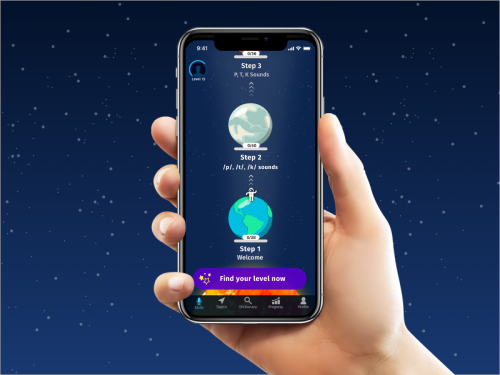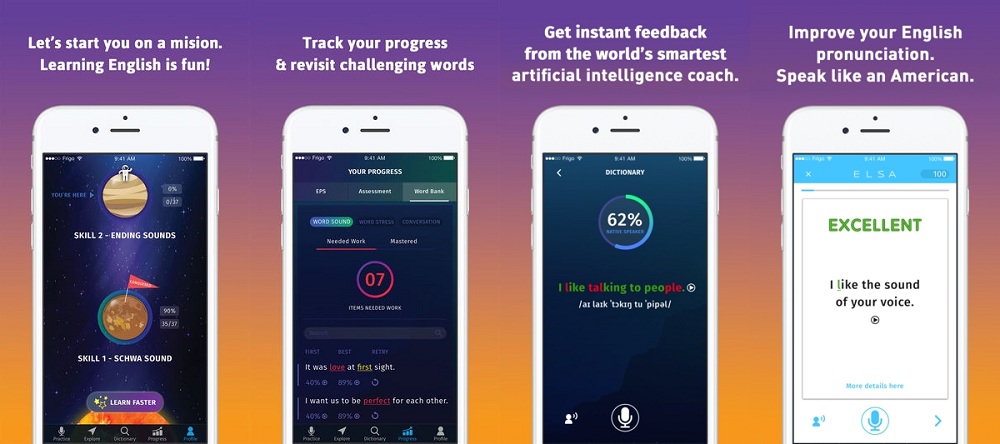

While the segmental side (what we’re simply calling “pronunciation”) is the most important foundational skill for most beginners, since it has such a strong impact on intelligibility, suprasegmental features are absolutely crucial to achieving higher speaking proficiency and naturalness in communicating whole phrases².ĭespite this, prosodic elements have historically been underemphasized in English language pedagogy due to the difficulty in teaching them and a lack of tools and solutions to support training of these advanced skills¹.As of today, it’s still considered difficult to accurately measure prosodic skills in human speech.
Mua elsa speak how to#
Listening skill (the ability to hear the difference between two similar phonemes, which is important in helping language learners learn how to pronounce those sounds correctly).


Because of this, we decided it was important for us to find ways to detect and evaluate prosodic features, along with pronunciation of English phonemes. At the same time, prosodic skills, such as rhythm and intonation, are also essential for learners seeking to achieve a higher level of speaking proficiency and a more natural command of English. Since pronouncing the sounds of English is such a key component of English speaking ability, ELSA’s primary focus has been on helping learners to improve this skill. When we first launched the ELSA app, our technology was only able to provide a phonetic pronunciation score. The scores get updated with each lesson, so you can see analysis of your lesson-by-lesson progress and effectively tackle your weaknesses with personalized lesson plans. How to get started with Your ELSA ScoreĮarlier this summer, we launched Your ELSA Score, an innovative scoring feature that provides effective feedback on learner’s strengths and weaknesses in five distinct areas of English speaking proficiency.


 0 kommentar(er)
0 kommentar(er)
